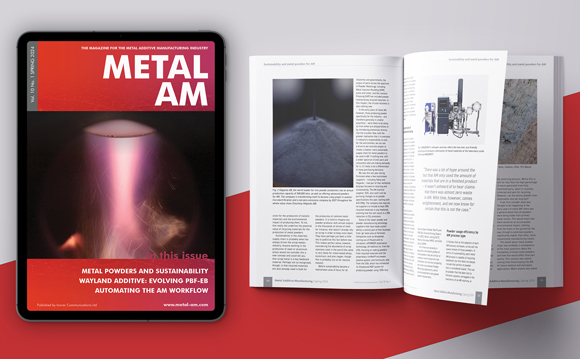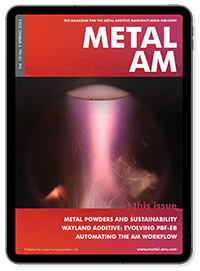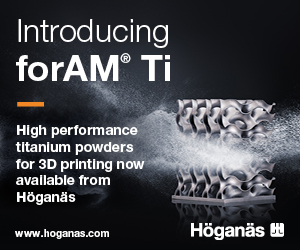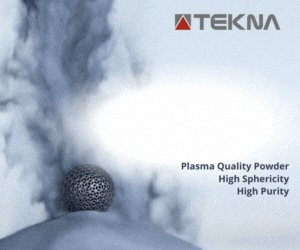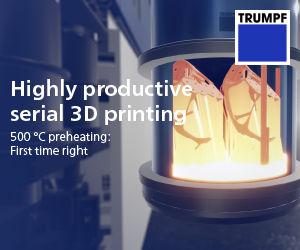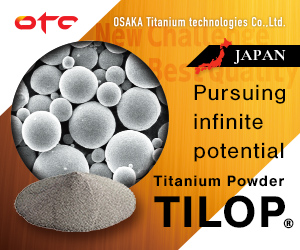Orbital ATK successfully tests additively manufactured hypersonic engine combustor at NASA facility
February 1, 2016
Orbital ATK, headquartered in Dulles, Virginia, USA, has announced it has successfully tested an additively manufactured hypersonic engine combustor at NASA’s Langley Research Center. The combustor, produced using a powder bed fusion process, was subjected to a variety of high-temperature hypersonic flight conditions over the course of 20 days, including one of the longest duration propulsion wind tunnel tests ever recorded for a unit of this kind. Analysis confirms the unit met or exceeded all of the test requirements.
One of the most challenging parts of the propulsion system, a scramjet combustor, houses and maintains stable combustion within an extremely volatile environment. The tests were, in part, to ensure that the additively manufactured part would be robust enough to meet mission objectives.
“Additive Manufacturing opens up new possibilities for our designers and engineers,” stated Pat Nolan, Vice President and General Manager of Orbital ATK’s Missile Products division of the Defence Systems Group. “This combustor is a great example of a component that was impossible to build just a few years ago. This successful test will encourage our engineers to continue to explore new designs and use these innovative tools to lower costs and decrease manufacturing time.”
The test at Langley was an important opportunity to challenge Orbital ATK’s new combustor design, made possible only through the Additive Manufacturing process. Complex geometries and assemblies that once required multiple components can be simplified to a single, more cost-effective assembly. However, since the components are built one layer at a time, it is now possible to design features and integrated components that could not be easily cast or otherwise machined.
Additive Manufacturing is one of several manufacturing methods currently being explored by Orbital ATK and its technology partners. Final assembly of the test combustor was completed at the company’s facilities in Ronkonkoma, New York, and Allegany Ballistics Laboratory in Rocket Center, West Virginia.



